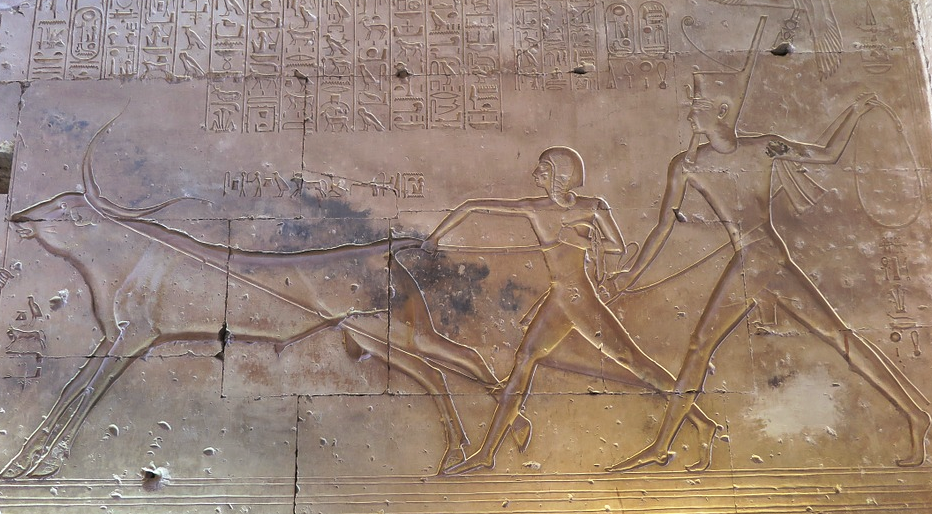Do you think the story of Newton and the apple is real?
The story begins as follows: “Newton was sitting under an apple tree in the garden, deep in thought. At that moment an apple fell from the tree on his head. This apple inspired him to develop a whole new way of thinking about gravity”. You have probably all heard or read this story somewhere. In fact, thousands of words have been written about Newton’s apple story. But unfortunately most of them are based on very little evidence. It’s certainly a nice story, but unfortunately it’s not quite true…
- Giant Map Shows Ancient Water Traces on Mars All Around
- Prior to US weapons reaching Ukraine, “months or years”
In the summer of 1665, at the age of 22, Newton spent nearly two years at Woolsthorpe in Lincolnshire to escape the bubonic plague that killed thousands of people in England. During this time, he spent his time thinking and working on problems in physics and mathematics. The famous apple story actually happened around this time. Newton started thinking about universal gravity in 1666 when he saw an apple fall in his garden at Woolsthorpe.
There is no evidence that the fruit actually fell on his head. But Newton’s observation led him to think about why apples always fall directly to the ground (rather than sideways or upwards). This eventually inspired him to develop the law of universal gravitation.
How did the apple story get involved?
First of all, Newton did not say or write anything about this event until he was 84 years old. William Stukeley, considered one of the founders of the field of archaeology, explained how, when he met Newton for dinner in 1726, he began to question gravity based on the way an apple fell while sitting in a different garden.

This story was included in the biography Memoirs of Sir Isaac Newton’s Life, written by William Stukeley in 1752. This book contained a lot of information about Newton, who spent a lonely childhood, watching windmills and making his own models when he escaped from people and was alone with nature, from his memories of those years to his academic studies.
If only Stukeley had told this story, it would probably have been forgotten. But three different authors claimed that Newton told them the same story. And as with all stories, there were inconsistencies. For example, one person talked about the orchard but not about the apple. So the story about Newton and the apple was derived over and over again. A few years later, Voltaire even got involved. But instead of talking about an apple, he used the generic expression fruit.
Was Newton really inspired by a falling apple?

It’s impossible to say definitively yes or no. It seems that there is an apple and Newton seems to have been inspired by it. In conclusion, even if the apple legend is not exactly as described, an apple tree and a falling apple triggered a series of scientific ideas. However, whether this event actually happened or not is not very important. What matters is not the fall of the apple, but the ability to match the fall with a physical law.
A more accurate explanation of Newton’s discovery of gravity may come from a remark he made towards the end of his life: “I do not know how I appear to the world; but I see myself as a child playing on the shore of an ocean full of undiscovered truths, rejoicing when he finds a smooth pebble or a beautiful shell.”
The distinguished mathematician and physicist died in 1727 and was buried in Westminster Abbey. His famous apple tree continues to grow at Woolsthorpe Manor.


